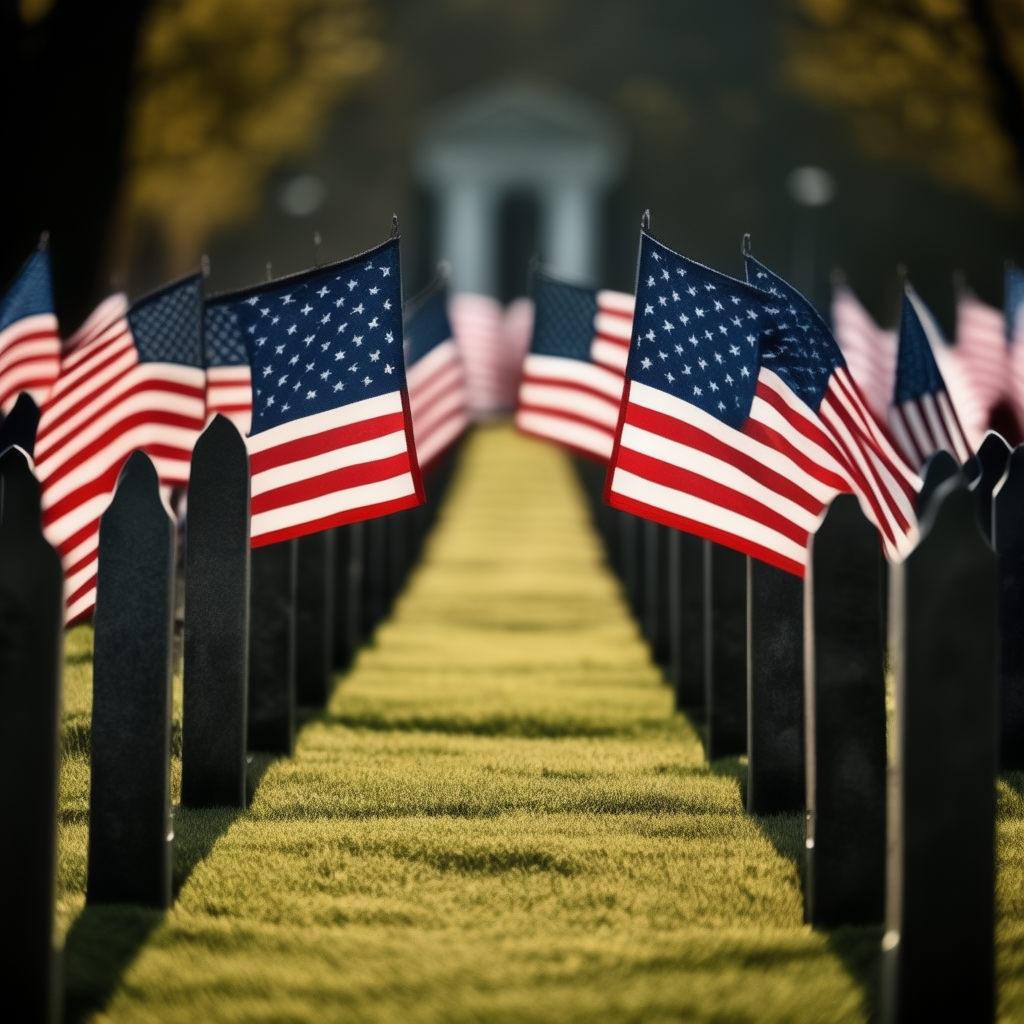The History of Memorial Day: Honoring Sacrifice and Celebrating Freedom
Memorial Day, the unofficial start of summer, is deeply rooted in American history and patriotism. Celebrated with barbecues, parades, and family gatherings, its primary purpose is to honor those who died in military service to the United States. This blog post explores the history of Memorial Day, from its origins to its current significance.
The Origins: Decoration Day

The origins of Memorial Day trace back to the Civil War’s aftermath, which resulted in the highest number of American casualties. This led to the establishment of the first national cemeteries. In 1865, communities began holding spring tributes to fallen soldiers by decorating their graves with flowers and offering prayers.
One of the earliest Memorial Day commemorations was organized by formerly enslaved African Americans in Charleston, South Carolina, in 1865. This event honored Union soldiers who died in captivity and showed the widespread desire to remember those who sacrificed their lives.
The tradition of decorating soldiers’ graves became more widespread. In 1868, General John A. Logan, leader of an organization for Northern Civil War veterans, called for a national day of remembrance. Known as “Decoration Day,” it was first observed on May 30, 1868, with flowers placed on the graves of Union and Confederate soldiers at Arlington National Cemetery.
Evolution to Memorial Day
Traditions and Observances

Today, Memorial Day includes traditions and observances that reflect its solemn origins and the celebratory nature of modern America. Many people visit cemeteries and memorials to honor those who died in military service. They often place American flags on graves in national cemeteries. Groups like the Boy Scouts and Girl Scouts uphold this tradition.
Memorial Day parades feature military personnel and veterans in communities across the country. These parades often include marching bands, civic groups, and vintage military vehicles. The National Memorial Day Parade in Washington, D.C., is one of the largest, drawing participants and spectators from across the nation.
At 3:00 p.m. local time, a significant tradition is the National Moment of Remembrance. This moment of silence encourages Americans to pause and reflect on the sacrifices made by fallen soldiers. It fosters a sense of unity and shared remembrance.
Memorial Day in the Modern Era
While Memorial Day has become synonymous with family gatherings, barbecues, and the start of summer, its core purpose remains a solemn reminder of the cost of freedom. Efforts to educate newer generations about the historical and cultural significance of Memorial Day continue, emphasizing the importance of honoring military sacrifices.
Many people choose to participate in local commemorative events or volunteer at veterans’ organizations, balancing celebration and commemoration. This ensures that the sacrifices of those who served are not forgotten amidst the festivities.
Conclusion
Memorial Day honors those who gave their lives for the United States, reminding us of their sacrifices for our freedoms. Originally Decoration Day, it’s now a federal holiday. As we enjoy the long weekend, let’s remember and honor the brave men and women who made the ultimate sacrifice for their country.

4 responses to “The History of Memorial Day”
[…] The History of Memorial Day […]
[…] The History of Memorial Day […]
[…] The History of Memorial Day […]
[…] The History of Memorial Day […]